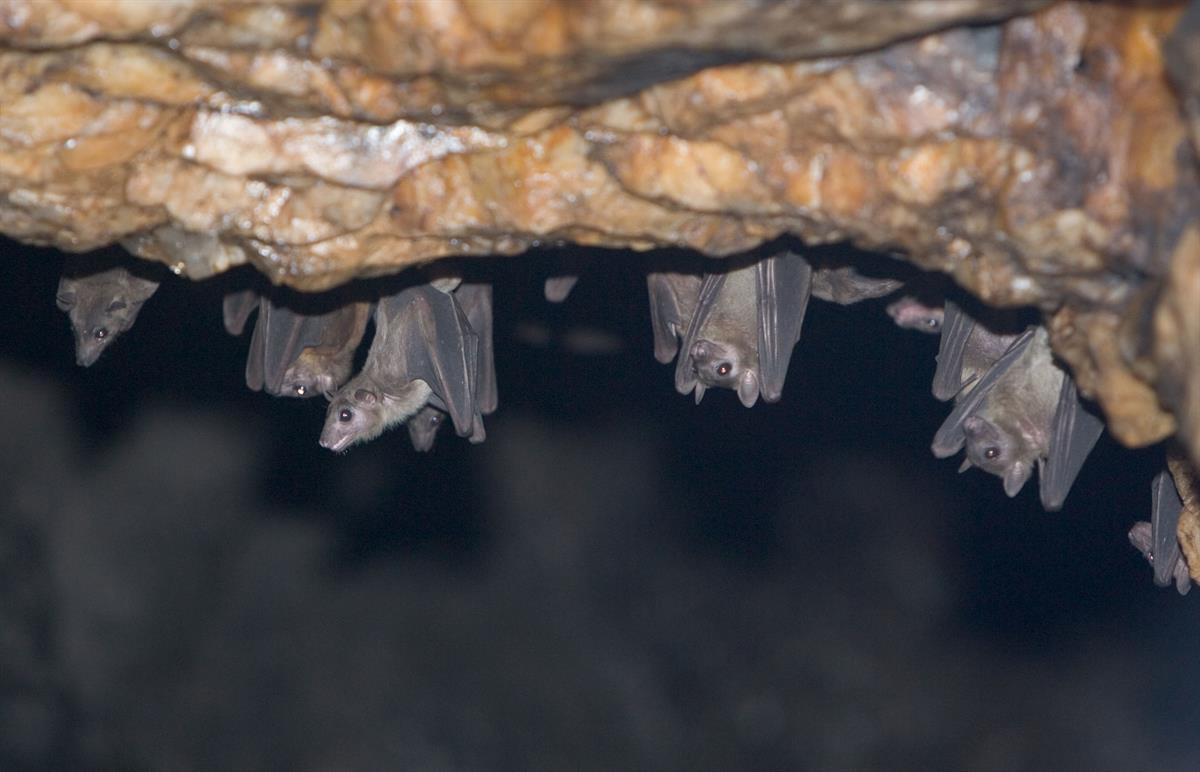BY Ikechukwu Ekeanyanwu Ogala
Have you ever wondered why you get the flu or the common cold? If you have, then I have the answer. Those illnesses and many more are caused by viruses. A virus is just some DNA or RNA in a protective shell. That DNA or RNA holds instructions on what to do when something happens. That something can be anything from what to do if the immune system is attacking to how to make copies of itself.
Infecting cells
A virus’s aim in life is to create more of itself. However, a virus can only multiply inside a host cell. This is where the DNA or RNA comes in. The virus sneaks into the cell then takes it over. It forces the cell to make copies of the virus using DNA or RNA information. When the cell is full, the new viruses burst out, ready to take over more cells.
Your immune system
Your immune system is a complex system of cells that defend against bacteria, fungi, and viruses. Every moment of your life you are getting attacked by countless microorganisms, but your immune system usually manages to stop them before they can do a lot of harm to you but sometimes, your immune system can’t stop the virus before it multiplies rapidly. This is when the real fun begins. To win the battle, your immune system has a few cheat moves. These include antibodies and killer T cells. Antibodies are not cells. They are made by chain reactions.
A dendritic cell collects information about the invader. Then it decides to call in antivirus forces. It goes to the nearest lymph node where it alerts a helper T cell. Some of them become memory T cells, some of them join the fight and the last group activates B cells which produce antibodies. These antibodies either kill the virus or stop them from moving; this makes it easier for the rest of your immune system to defeat the virus. Killer T cells have a very important job.
Advertisement
They make infected cells commit suicide. This way, the infected cells are destroyed before they can release the virus.
Mutations
A mutation is when the DNA or RNA of a virus changes. Sometimes, a cell makes a mistake when copying the virus’s genetic code. This makes the copy a little different from the original. A mutation might make the virus weaker or even drive it to extinction but a mutation could make the virus stronger. Mutations are the cause of variants of viruses. These variants can have different advantages over the original. Some are better at multiplying in numbers while some are better at staying under the radar and some are better at staying alive longer. These mutations can also make vaccines less effective, but it is unlikely that a variant would appear that would make vaccines useless. Variants of the coronavirus include alpha, beta, gamma, and delta. Delta, the most recent variant of the coronavirus, is referred to as a double mutant. This is because it has one mutation that makes it more transmissible and another that allows it to re-infect people who have already had coronavirus.
Species to species
A virus usually targets one species and a few of its very close relatives. However, viruses occasionally manage to jump from one species to another. This is what happened with Ebola, which comes from bats. A lot of illnesses that are caused by viruses that jumped from animals to humans were originally hosted by bats or insects
Advertisement
The most dangerous viruses of all time
Marburg virus
Marburg was first noticed in 1967 after outbreaks in Germany and Serbia. Lab workers got infected after lab work using African Green Monkeys imported from Uganda. There have been outbreaks in DRC, Uganda, South Africa, Angola, and Kenya. Marburg is gotten from Rousettus bats. Marburg spreads from human to human after the virus gets into injuries or mucus membranes; your eyes, nose, and mouth
It is also transmissible by body fluids. Funerals that involve direct contact with the dead person can spread the virus if the dead person died of Marburg. It can also be transmitted by infected semen. The isolation period for Marburg is 2 to 21 days. Symptoms are high fever, severe headache, nausea, and vomiting. Hemorrhagic fever is also a symptom. Most deaths occur between eight and nine days.
Ebola
Advertisement
Ebola, like Marburg, is transmitted to humans from bats. They are both members of the virus family Filoviridae. The average ebola death rate is 50% though it can be anything from 25% to 90%. Ebola was first noticed in 1976 because of two simultaneous outbreaks in South Sudan and DRC. Ebola spreads the same way as Marburg. Symptoms include fever, headache, and vomiting. The isolation period is the same as Marburg’s. Most Ebola outbreaks have involved the Zaire variant.
Rabies
99% of all human rabies is from dogs. Rabies is spread to humans when they are scratched or bitten by an infected animal. 95% of all rabies deaths occur in Asia and Africa. Most people who die from rabies are 5-4 years old. More than 29 million people worldwide get a post-bite rabies vaccination. Vaccinating dogs is the least expensive way to prevent human rabies. The isolation period for rabies is 1-52 weeks. Unlike most viruses, rabies can’t spread from human to human. Bites from rodents can’t spread rabies. Rabies is in the virus family Rhabdoviridae.
HIV/AIDS
Advertisement
There is no confirmed cure for HIV. But, thanks to increasing access to better HIV treatment, prevention, and diagnosis, people with HIV can live long and healthy lives. But if treatment stops, HIV can start attacking the body again Like Ebola, HIV targets your immune system. If left untreated, HIV can develop into AIDS. Symptoms can vary depending on the stage of infection. In the first weeks after getting infected, people may be asymptomatic or experience a flu-like illness. As the virus continues to weaken the immune system, fever and diarrhea can develop. If left without treatment, the infected person could catch tuberculosis. HIV can be transmitted via bodily fluids. HIV can also be transmitted from mama to baby. HIV cannot spread if the virus is undetectable. Medicines called ARVs to stop the virus from spreading by making it undetectable. HIV is in the virus family Retroviridae.
Ikechukwu Ekeanyanwu Ogala is a seven-year-old budding writer with a keen interest in science. He can be reached via [email protected]
Advertisement




